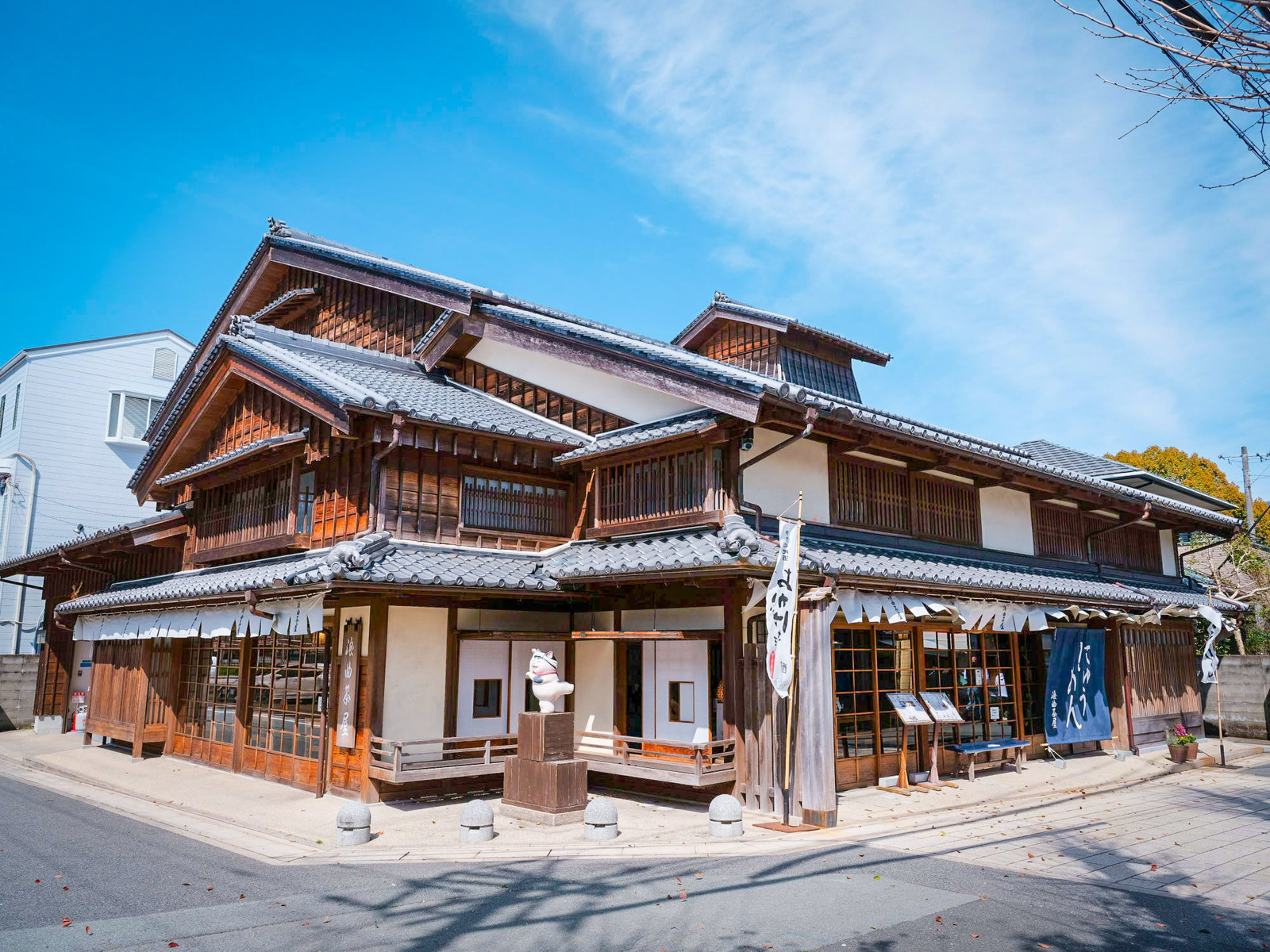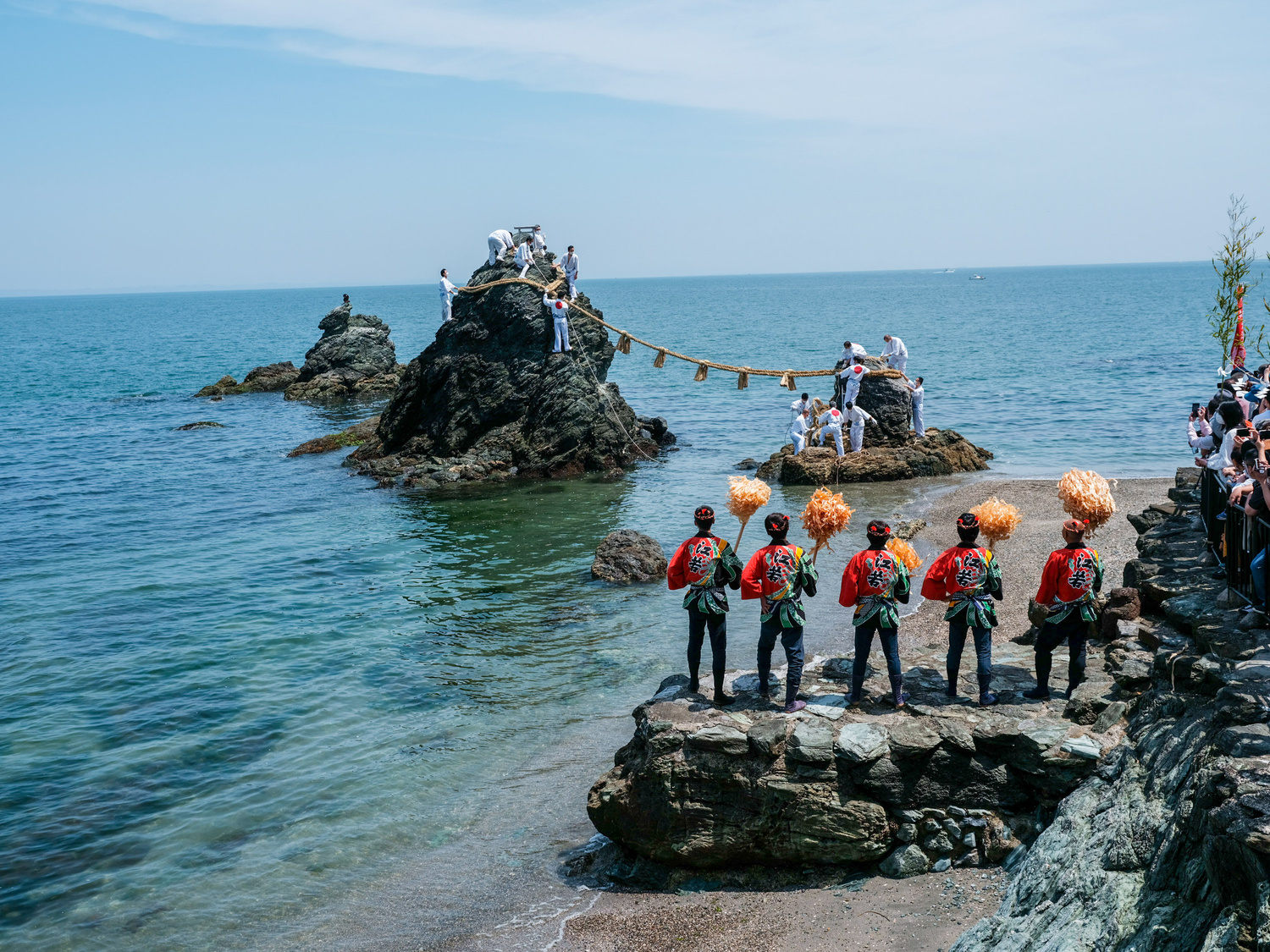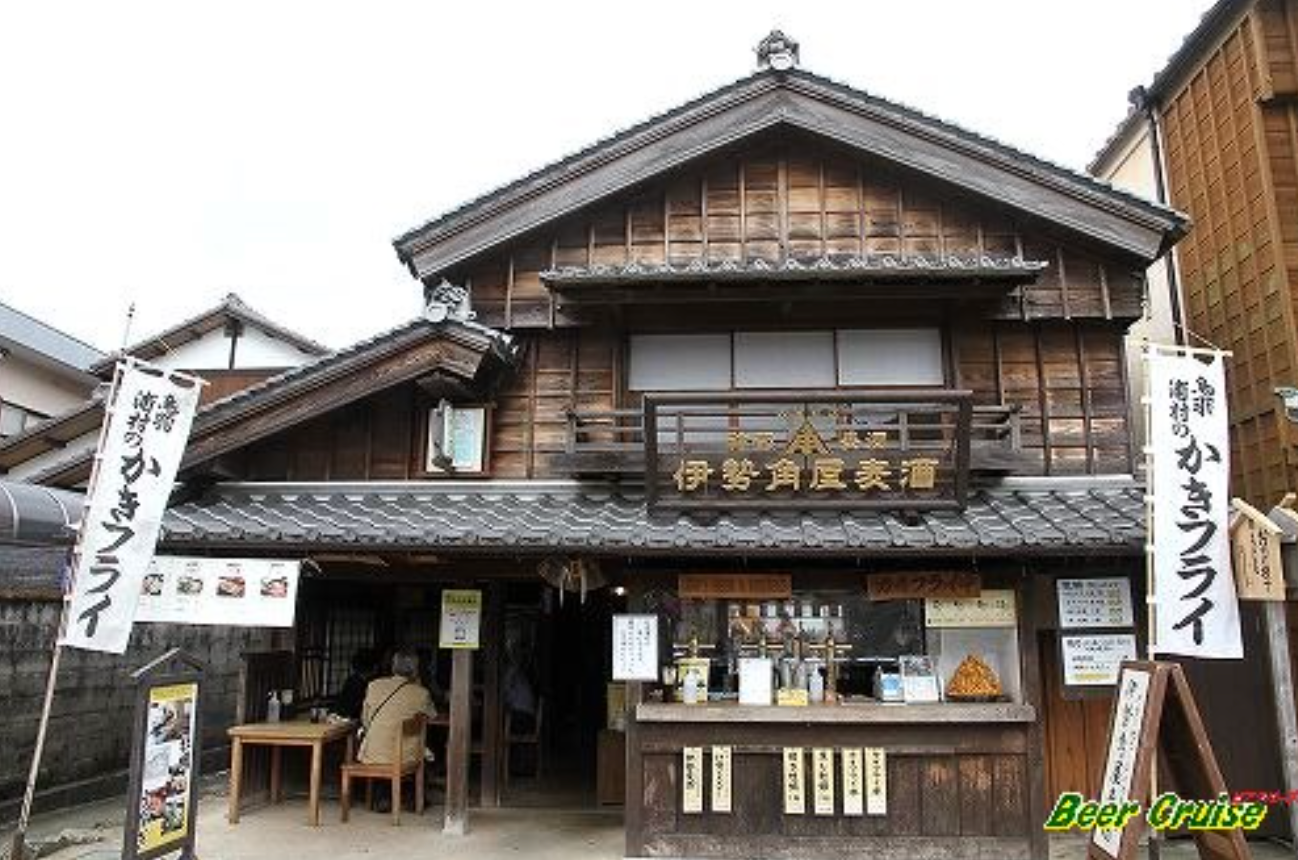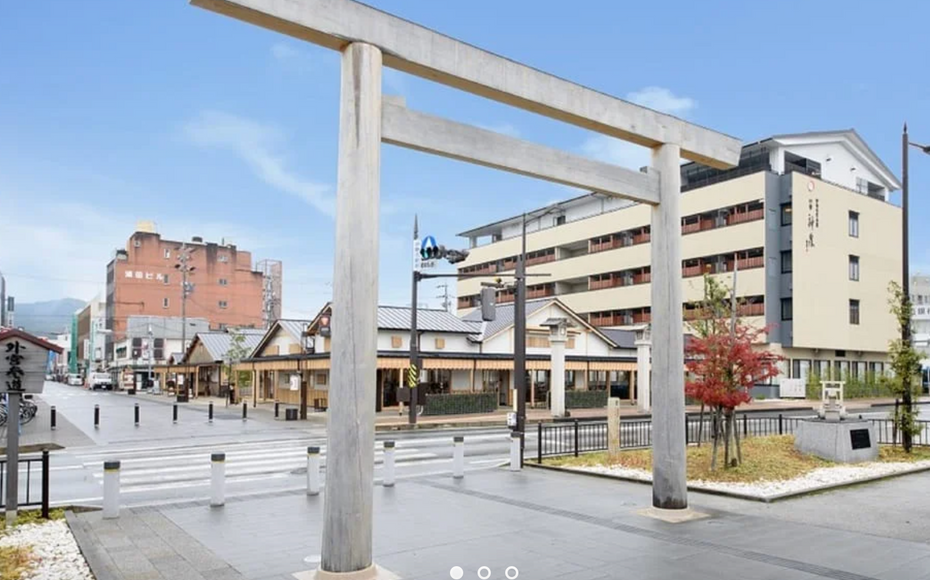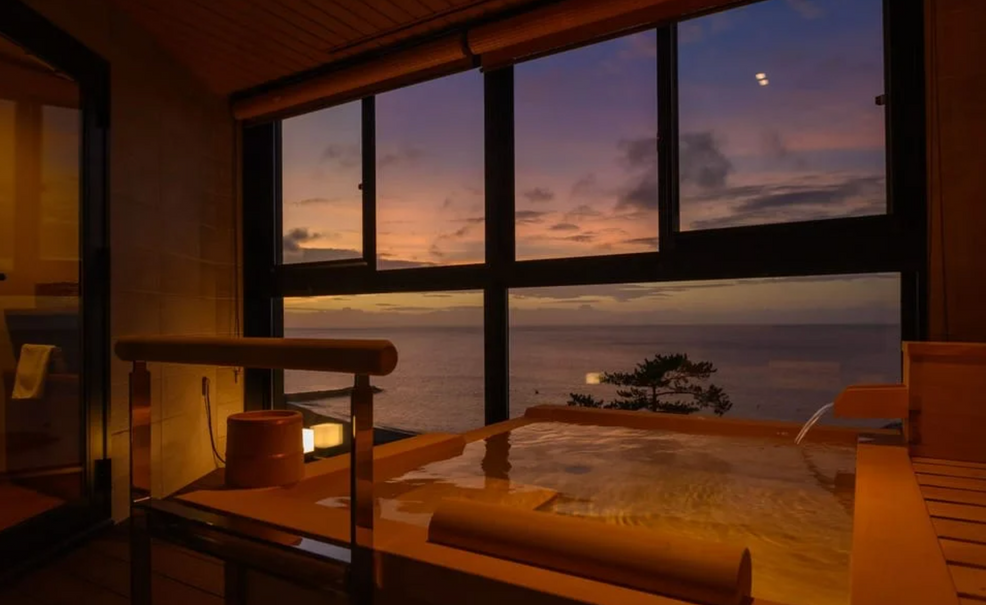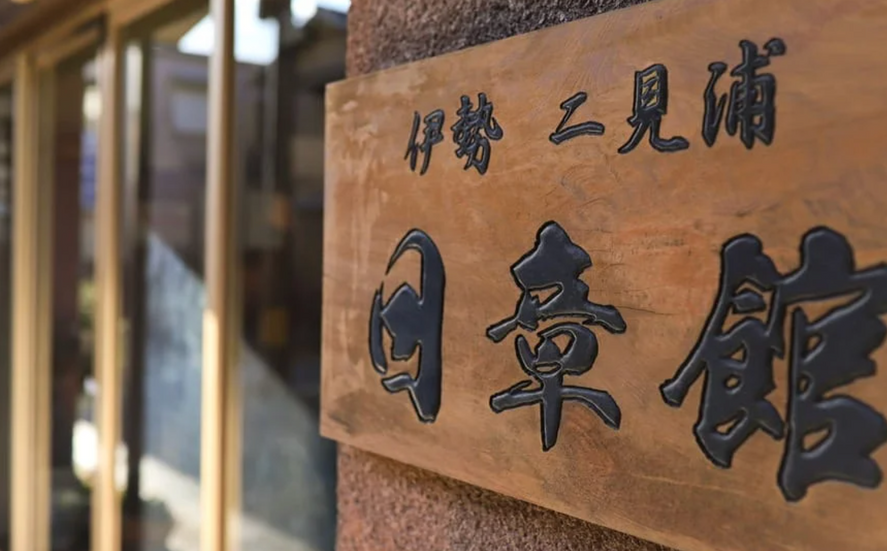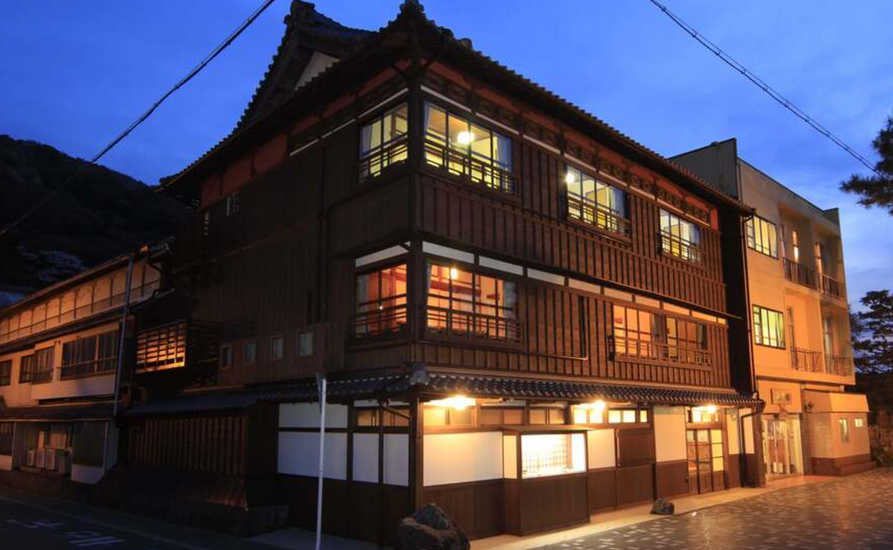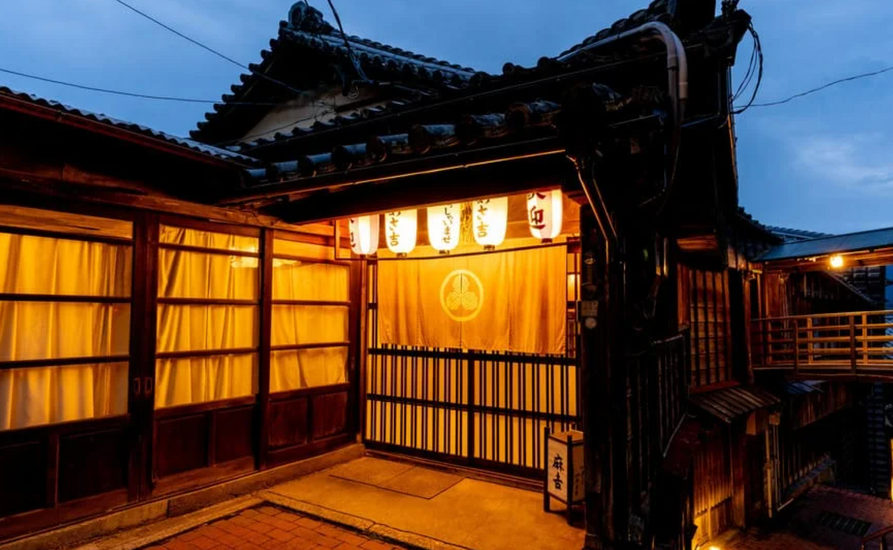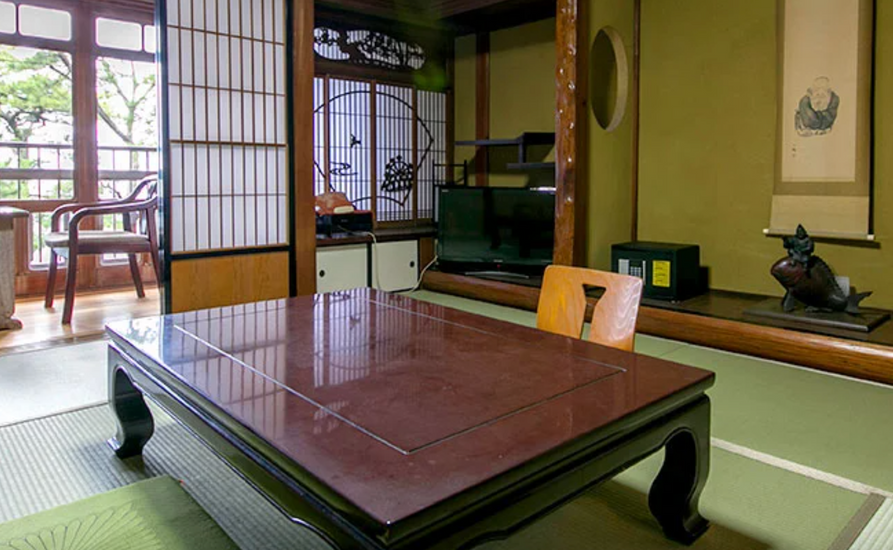Transformative Japan
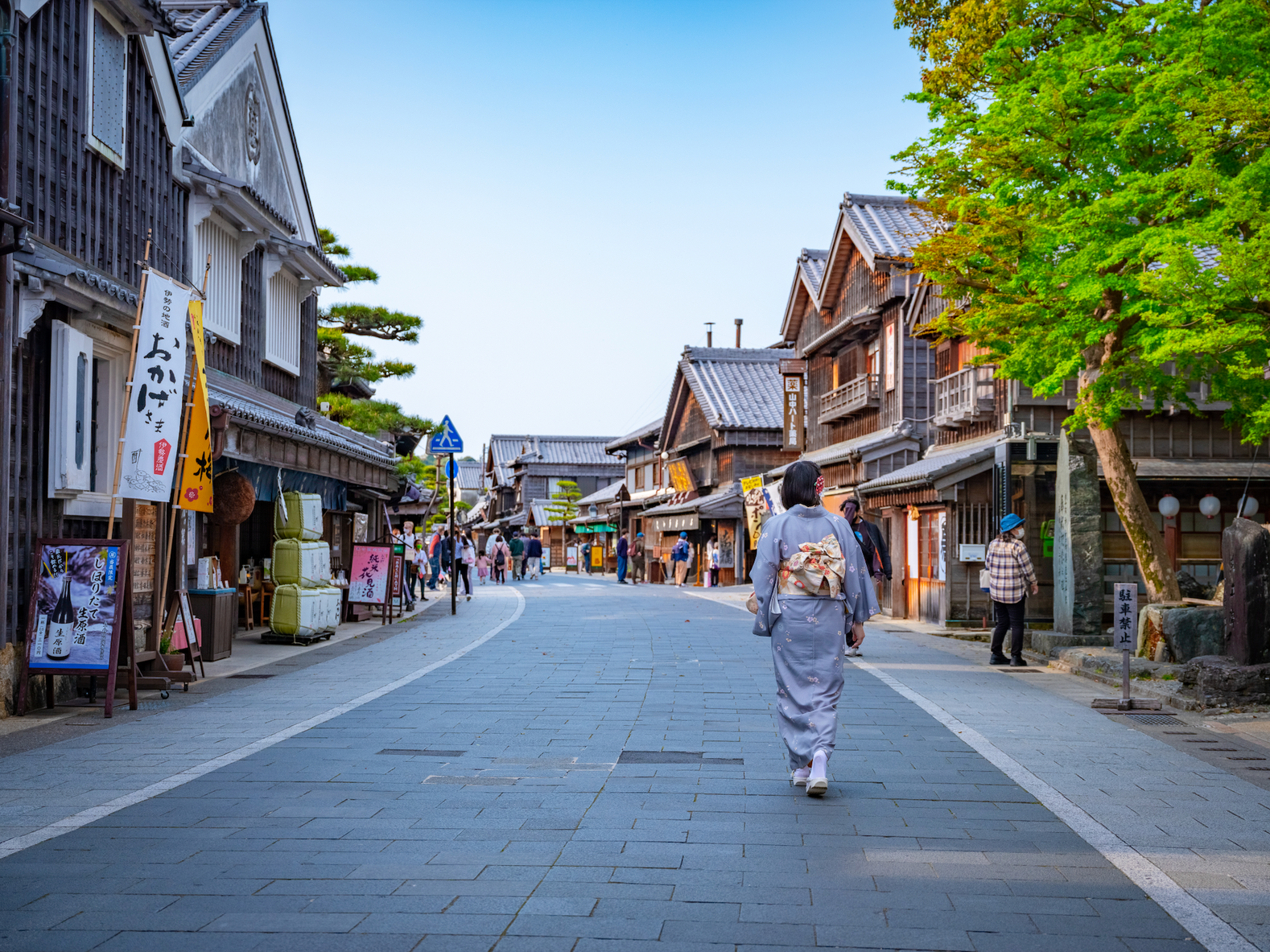
The Study of
ISE
Engage into a Personal & Immersive Journey
to Disclose Another You
Ise is the historical and cultural center of Japan and attracts many people. The Ise Jingu shrine welcomes visitors with its serenity and sanctity, and visitors can enjoy traditional food and souvenirs in Okage Yokocho. Ise udon noodles and Akafuku rice cakes are exquisite. The beautiful coast and mountains are also attractive, making Ise a treasure trove of history, culture, food, and nature.
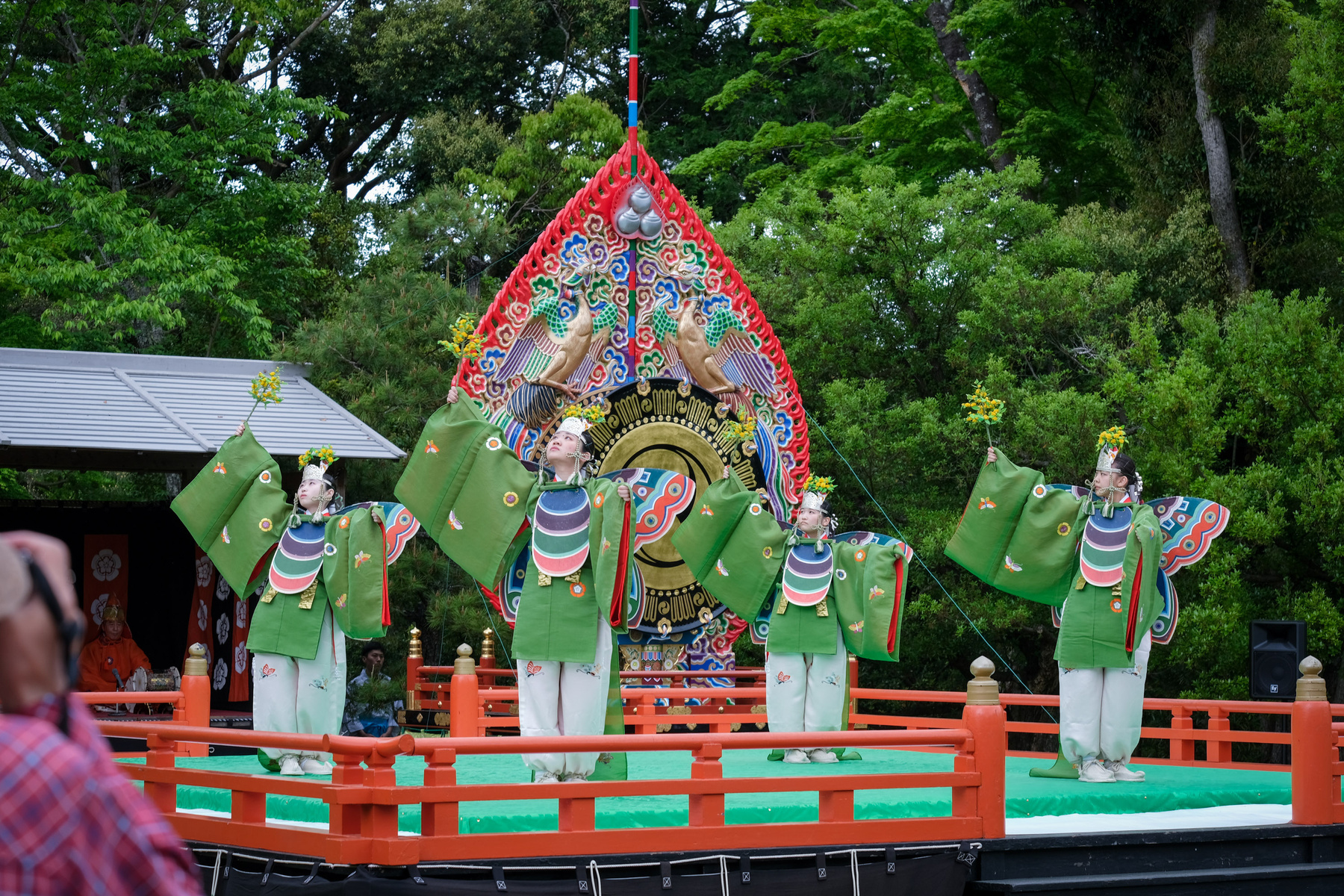
A SENSE OF WONDER
Transformational Travel introduces a fresh way of designing travel experiences. Instead of viewing travel just as a product, it emphasizes both the inner and outer dimensions of the journey, making it deeply personal and emotional.

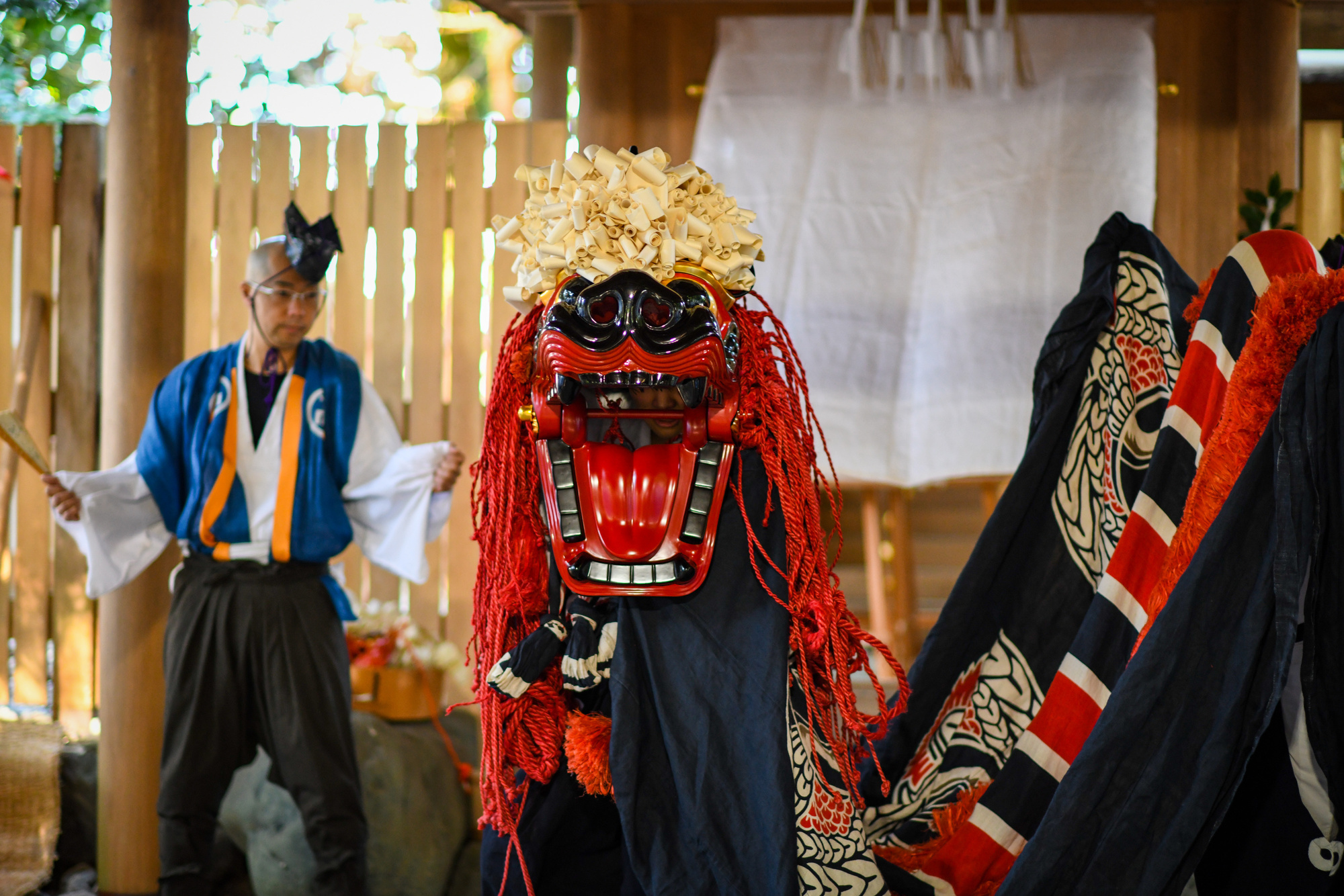
Unique Experiences
The goal is to deeply affect the traveler's inner world, encompassing knowledge, emotions, and values. This ensures that each journey holds a distinct meaning and outcome for every traveler, tailoring experiences to individual needs.
Engage & Reflect
Transformative Travel encourages travelers to engage actively. Instead of pre-packaged experiences, travelers are prompted with questions, allowing them to immerse and find answers as they journey, adding depth and introspection.
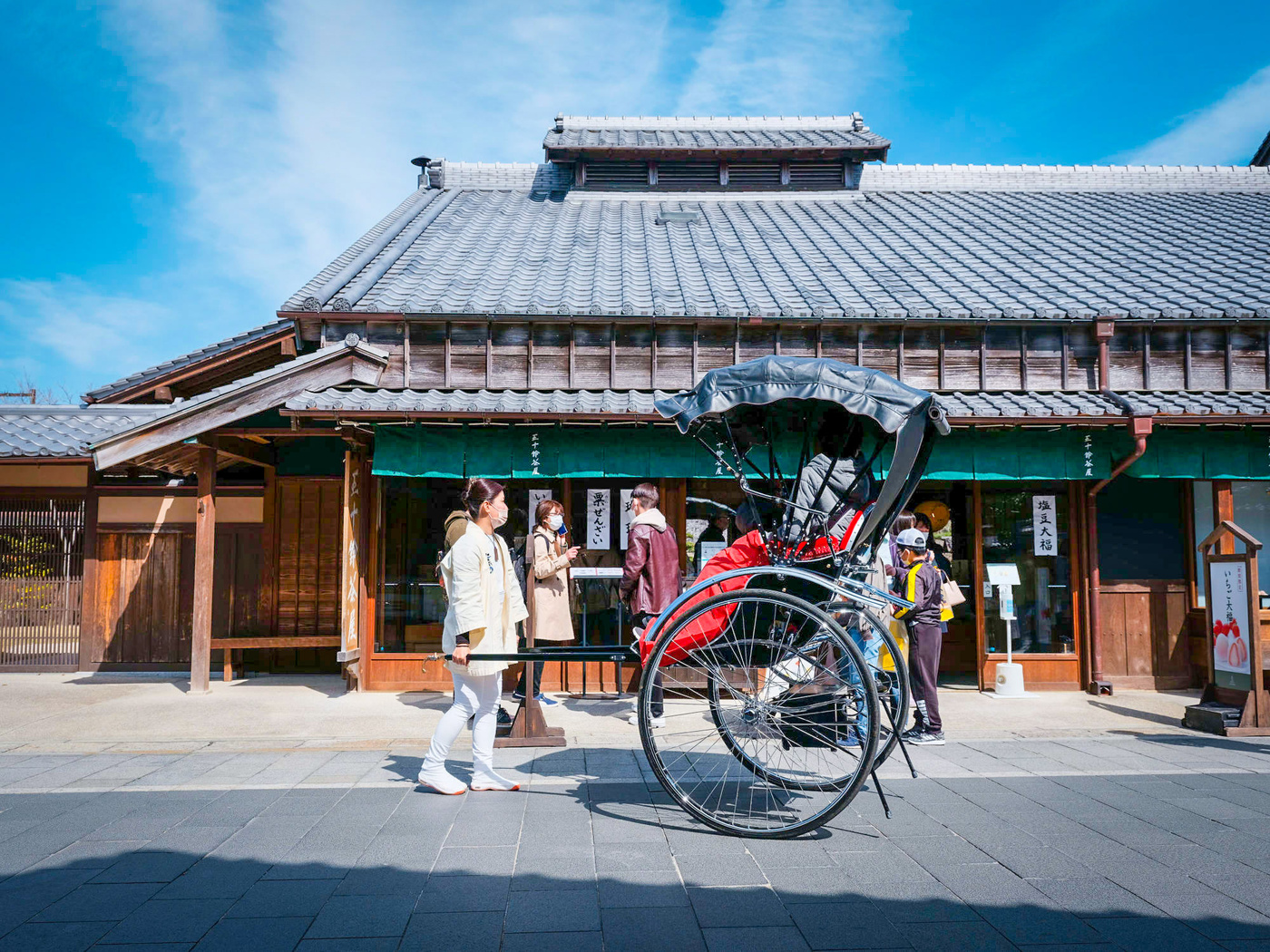

Self-Growth & Discovery
The essence of Transformative Travel is to leave a lasting mark on one's daily life. By introducing challenges and pushing travelers out of their comfort zones, it stimulates a spectrum of emotions, from wonder to fear. These profound emotions resonate with our innermost self, shaping how we connect with ourselves, others, and the world.
Experience in ISE
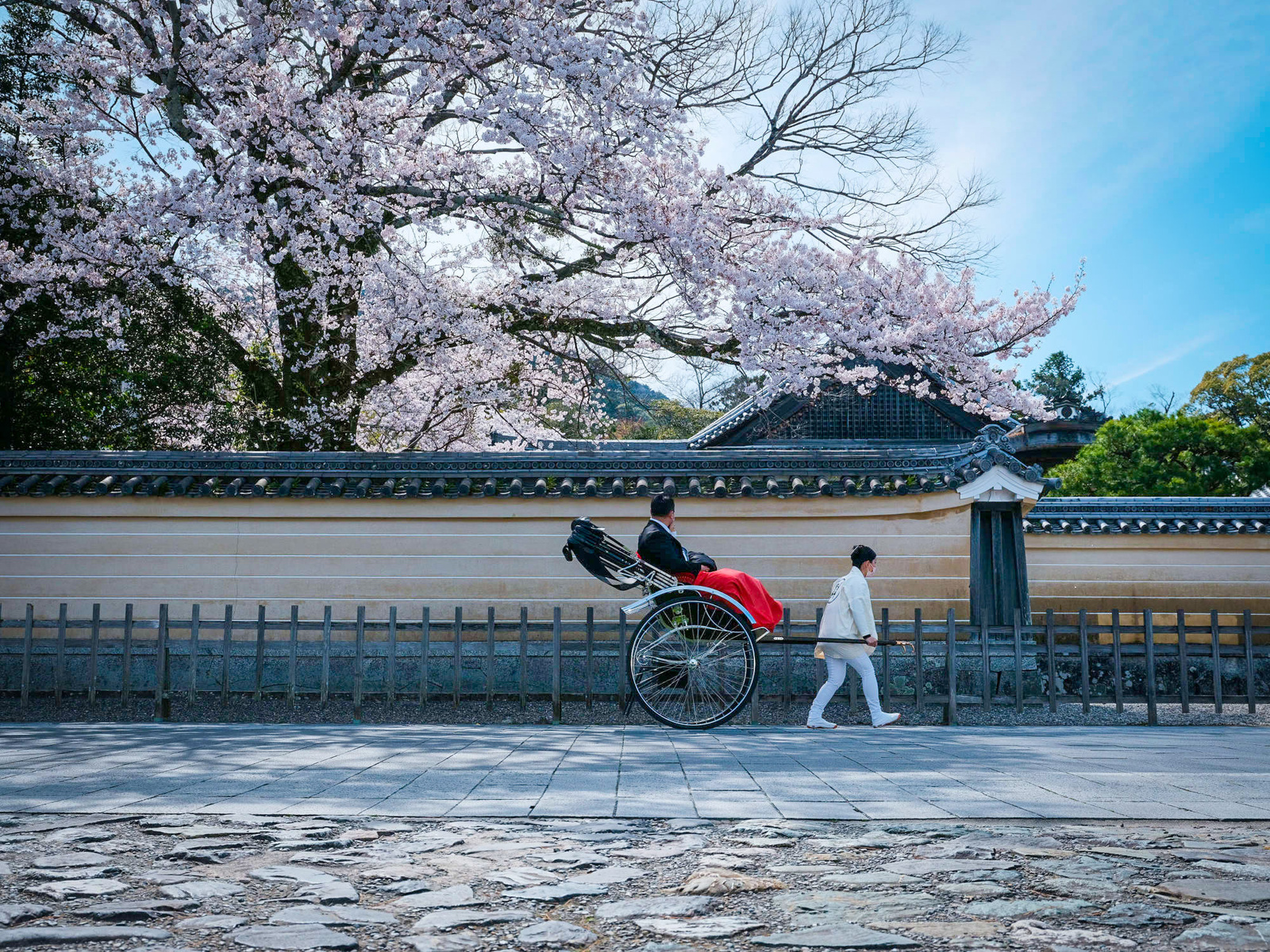
Ise, and especially the Ise Jingu Shrine, is known as the spiritual center of Japan. Tangible spirituality includes simple architecture and sacred forests, which embody the primordial beauty and nature worship of Japan. In the intangible spirituality, belief in Amaterasu and mythology form the spiritual and cultural background of Japan.
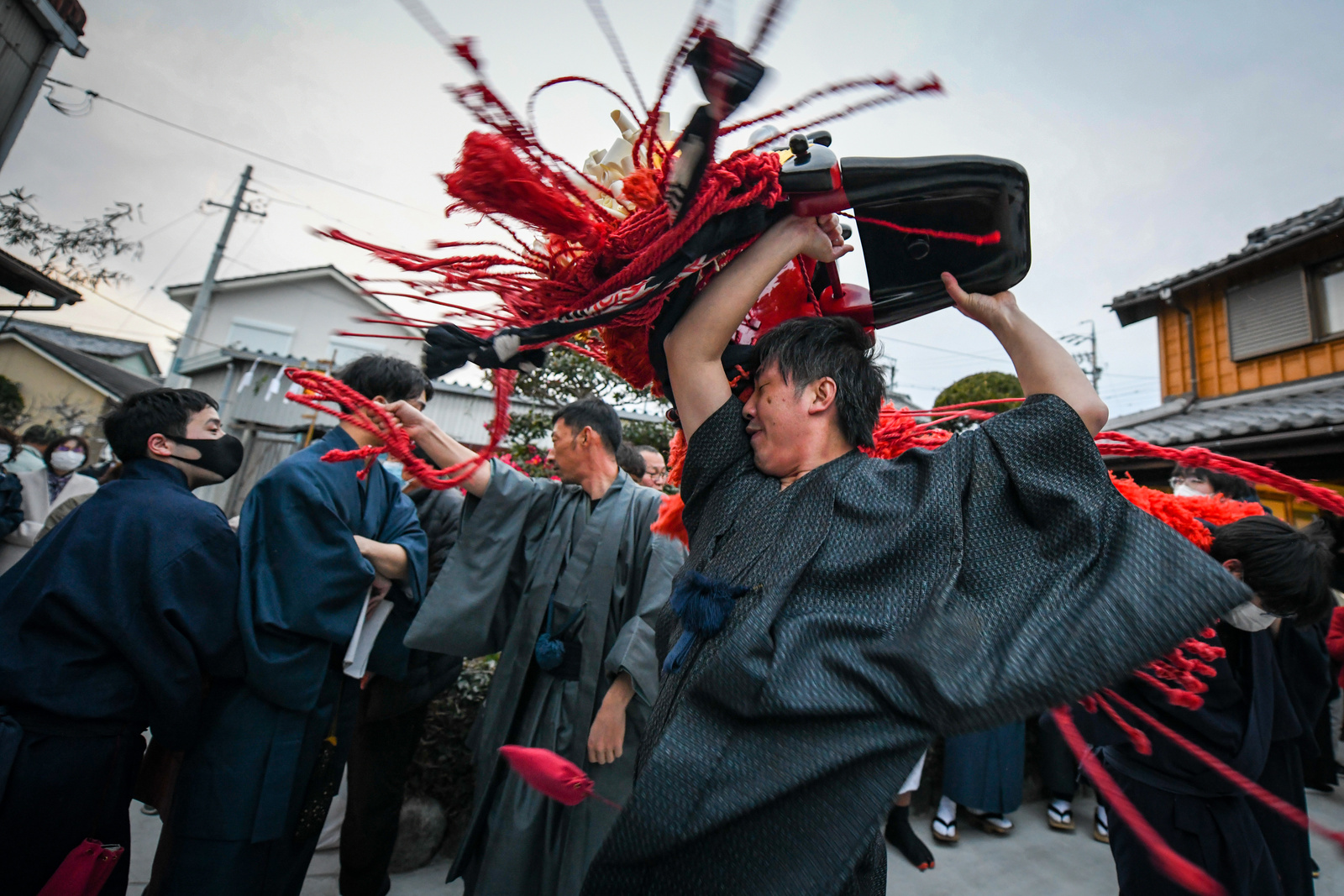
Learning from Ise
The spirituality of Ise is invaluable in providing us with new perspectives and values in our daily lives.
Continuity and renewal: The ceremonial relocation of the shrine demonstrates the pursuit of newness while carrying on old traditions.
Coexistence with nature: The nature of the Jingu reminds us of the importance of harmony between humans and nature.
Value of reflection: The serenity of Ise suggests the importance of self-reflection and peace of mind.
How to visit shrines
- Torii Gate: Begin by passing through the torii gate. Walk on the side, not in the middle, as the center is reserved for the gods.
- Purification: At the purification fountain near the entrance, use a ladle to rinse both hands. Then, pour water into your left hand to rinse your mouth (spit it beside the fountain, not into it), and rinse your left hand again.
- Main Hall: Approach the main hall, throw a coin as an offering into the offertory box, ring the bell if there is one, bow twice, clap your hands twice, say a short prayer, and bow once more before leaving.
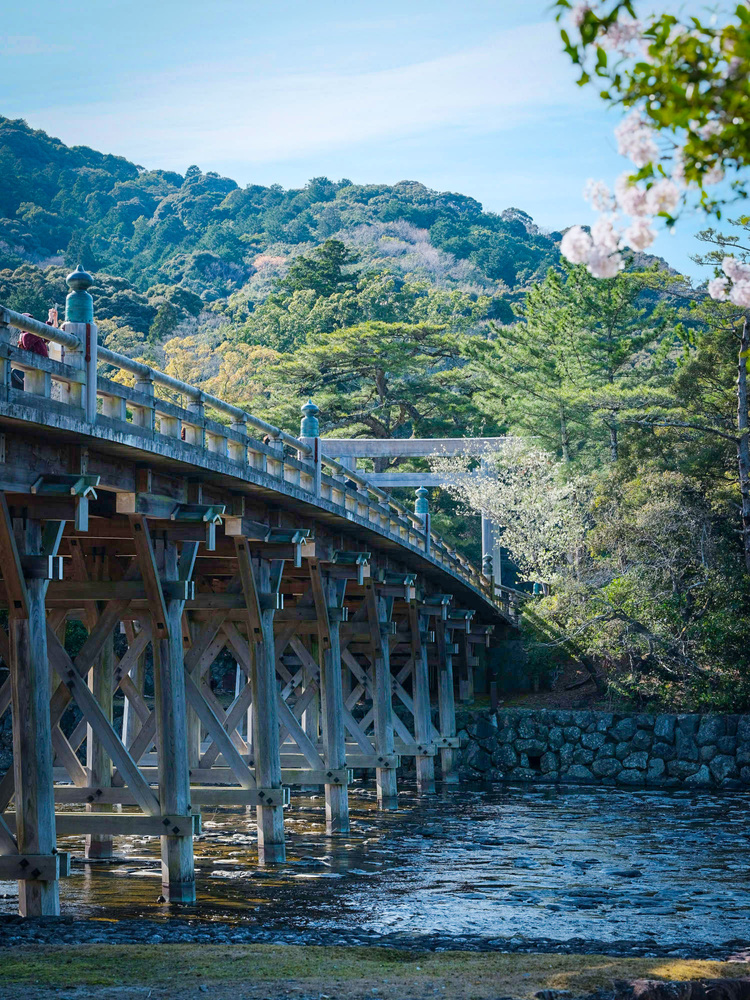
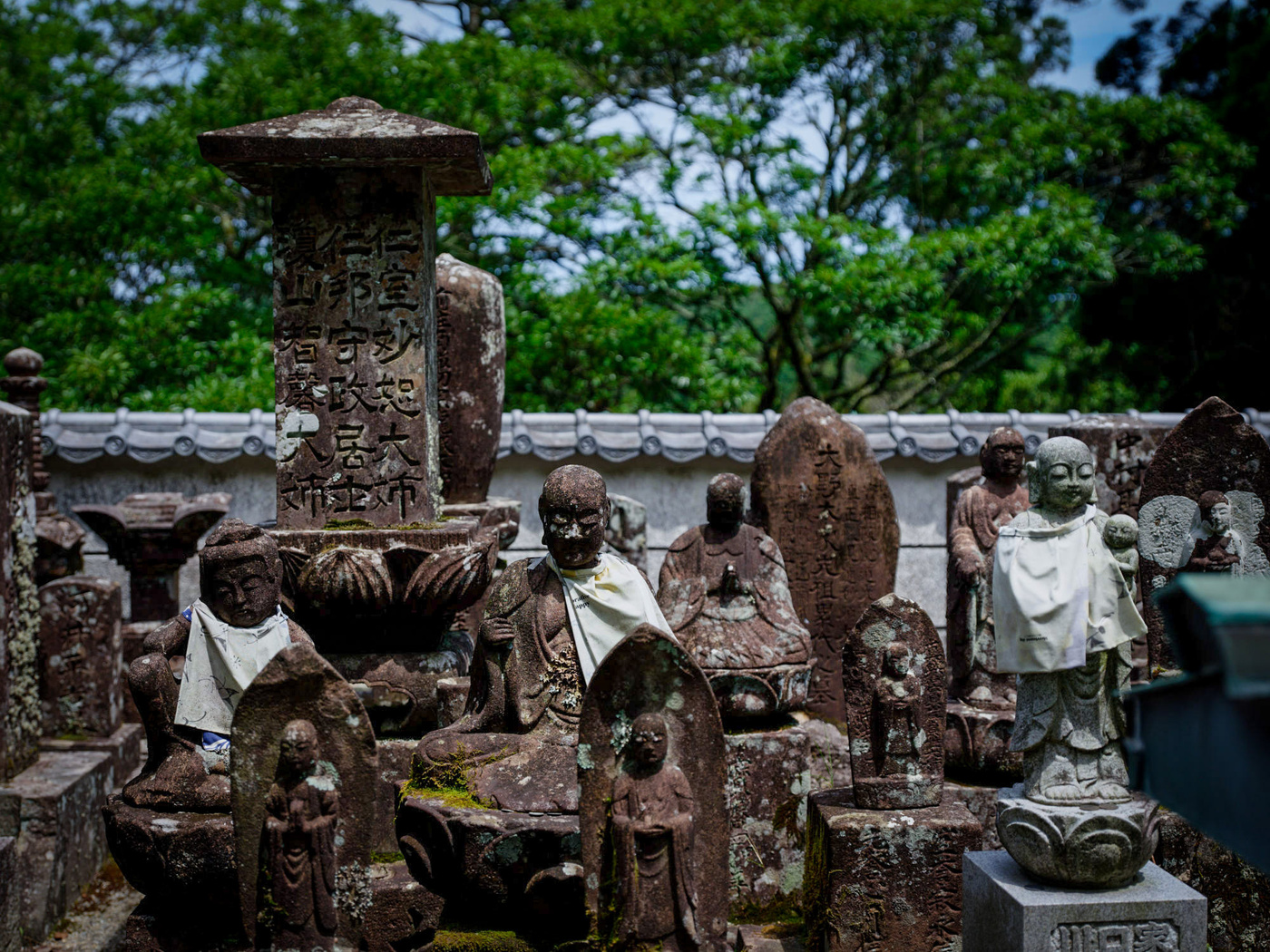
How to visit temples
- Main Gate: Enter through the main gate. It's respectful to bow slightly before entering.
- Incense: Some temples have an incense burner. You can buy incense sticks, light them, let them burn for a few seconds and then put them out by waving your hand rather than blowing them out. Place the sticks in the burner and let the smoke waft over you. It's believed to have healing powers.
- Main Hall: At the main hall, throw a coin into the offertory box, join your palms together, say a short prayer, and bow. Unlike shrines, there's no clapping in temples.
3 Days Travel in ISE
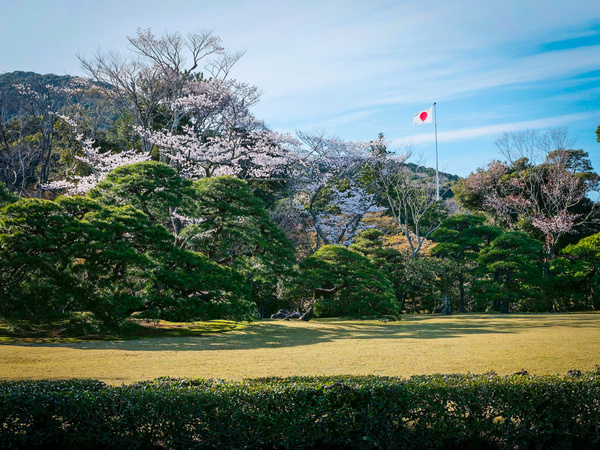
Day 1
Geku / Naiku
The outer and inner shrines of Ise Jingu are places of deep history and spirituality. The sacred atmosphere will refresh your mind and allow you to experience the roots of Japan.
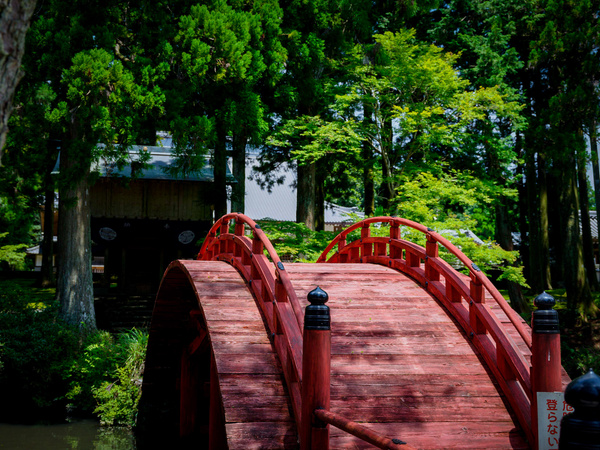
Day 2
Asama Dake
Asamadake is the natural treasure house of Ise. The exquisite combination of spectacular panoramic views and a sacred atmosphere attracts visitors to this place of history and faith.
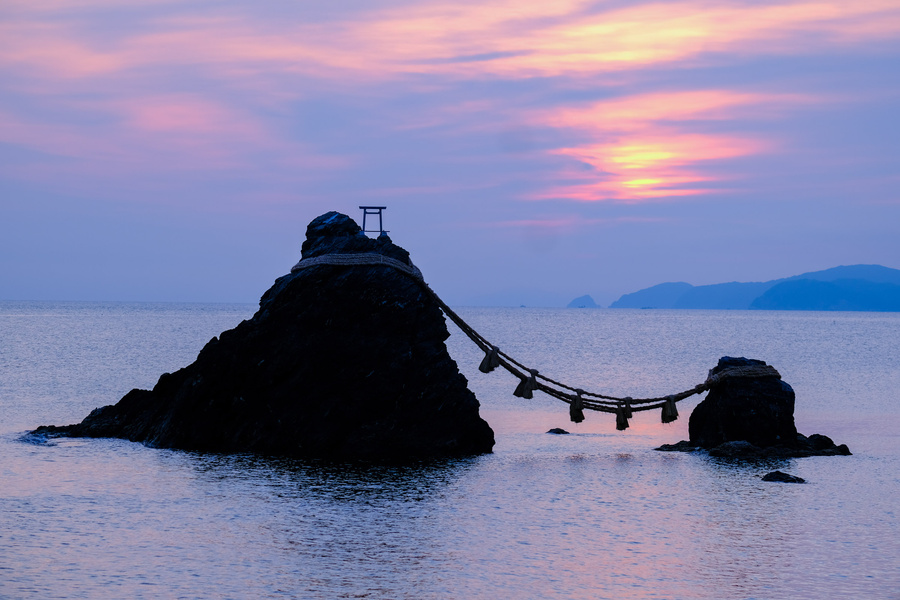
Day 3
Futami
Futami no Husband and Wife Rocks, perched on the sea with the gentle tides, is a place that evokes a sense of eternal love.
Day
1
Ise Jingu / Geku
The outer shrine of the Ise Jingu Shrine is home to the deity Toyoke Ookami, who is responsible for a bountiful harvest. A place where ancient beliefs and history live on, the sacred atmosphere will cleanse your mind. Surrounded by ancient forests of trees and silence, visitors are expected to deeply experience the spirituality of Japan.
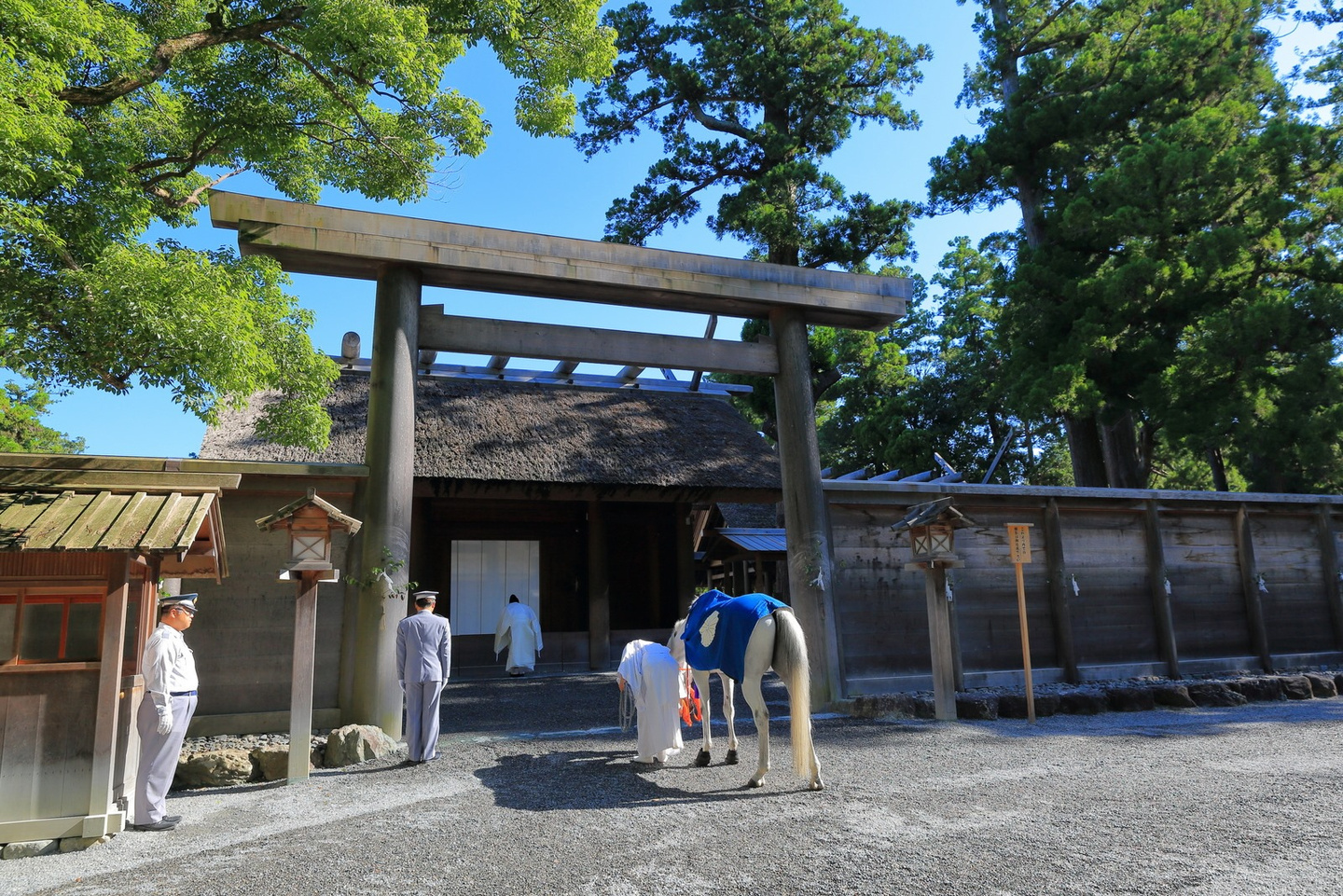
Day
1
Ise Jingu / Naiku
The Inner Shrine of Ise Jingu is home to Amaterasu, the sun goddess. It is the spiritual center of Japan. Surrounded by ancient trees, the sacred space calms the mind and gives it the power to regenerate. It is a place to directly experience Japan's fundamental beliefs and history.
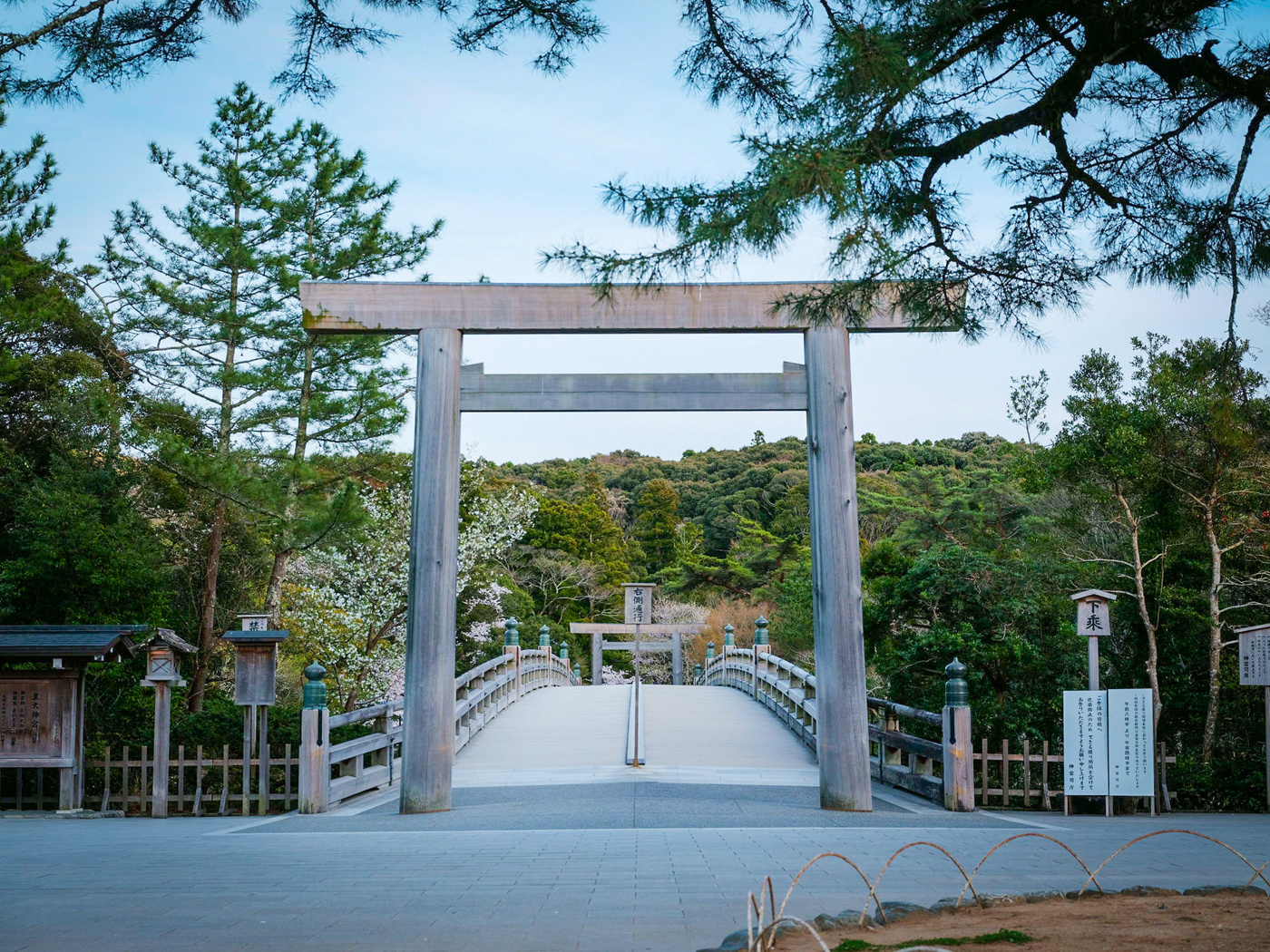
Day
1
Oharai Machi
Ise's OHARAIMACHI is a historical townscape with the atmosphere of good old Japan. A place to enjoy traditional stores, food, and crafts, and to prepare your mind for a visit to Ise Shrine. You can expect an experience that blends tranquility and culture that will make you forget the passage of time.
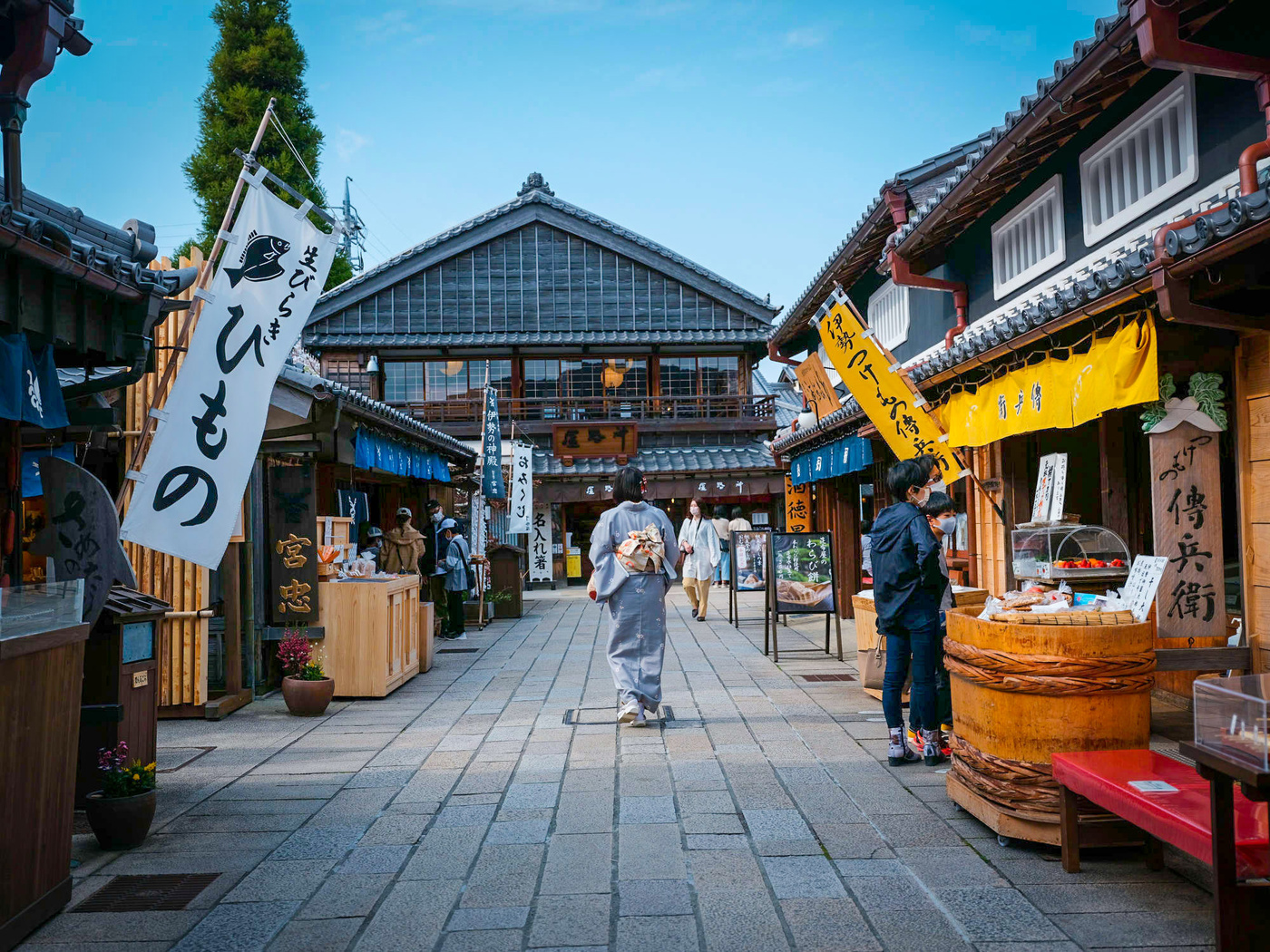
Day
2
Asamadake Road
Asakumadake trekking is a great route to enjoy the natural beauty of Ise. The seasonal scenery, Shinto shrines with a divine atmosphere, and panoramic views from as many vantage points as you can see are appealing. It offers a luxurious way to refresh your mind while exercising your body.
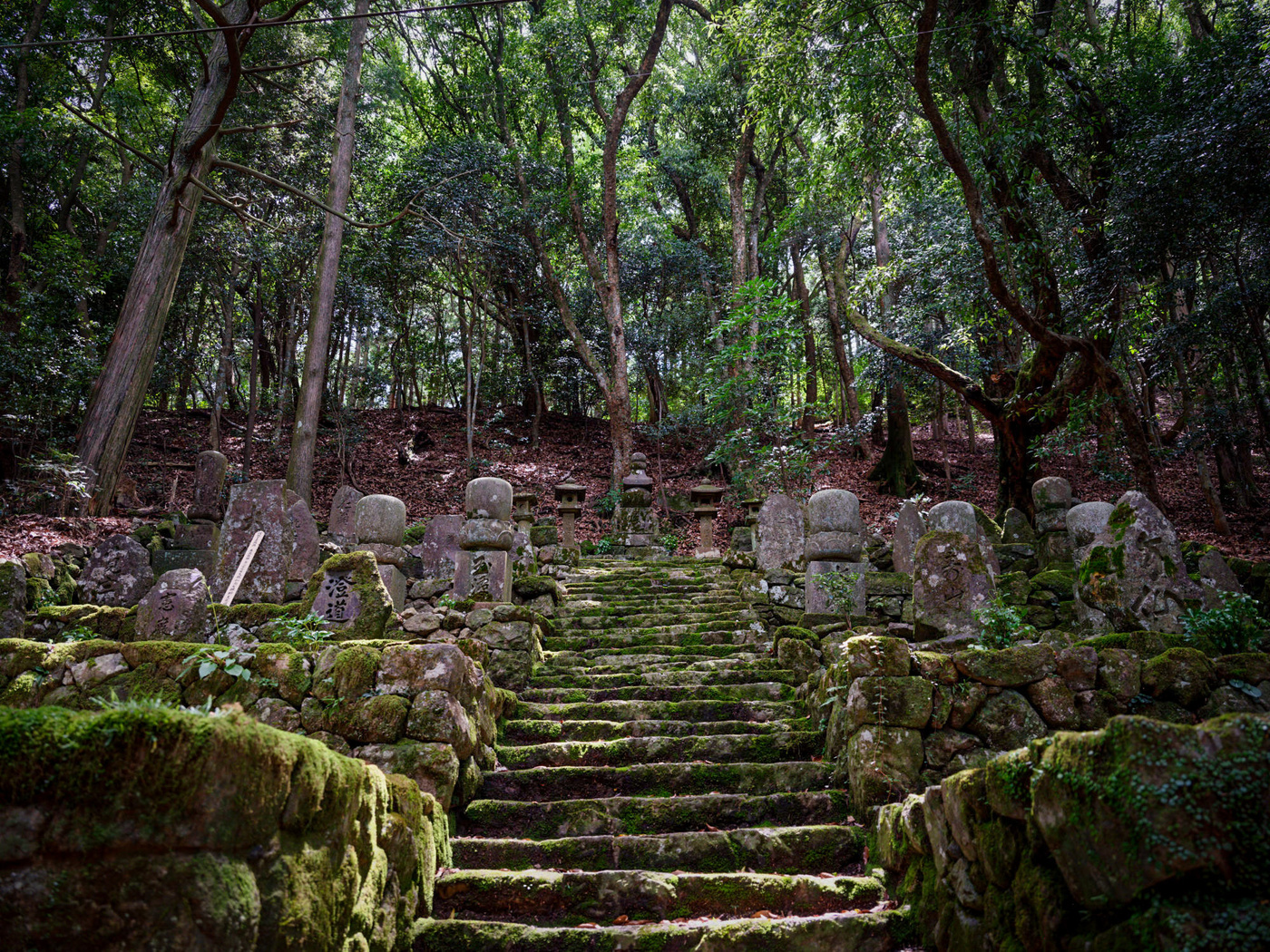
Day
2
Asamayama
Kongo Shouji Temple
A sacred place where one can feel the harmony of nature and Buddhism. The combination of the spectacular view of the mountains and the atmosphere of an ancient temple makes it the perfect place for those seeking spiritual purification and serenity. This is a highlight of the trip where you can deeply experience the history and spirituality of Ise.
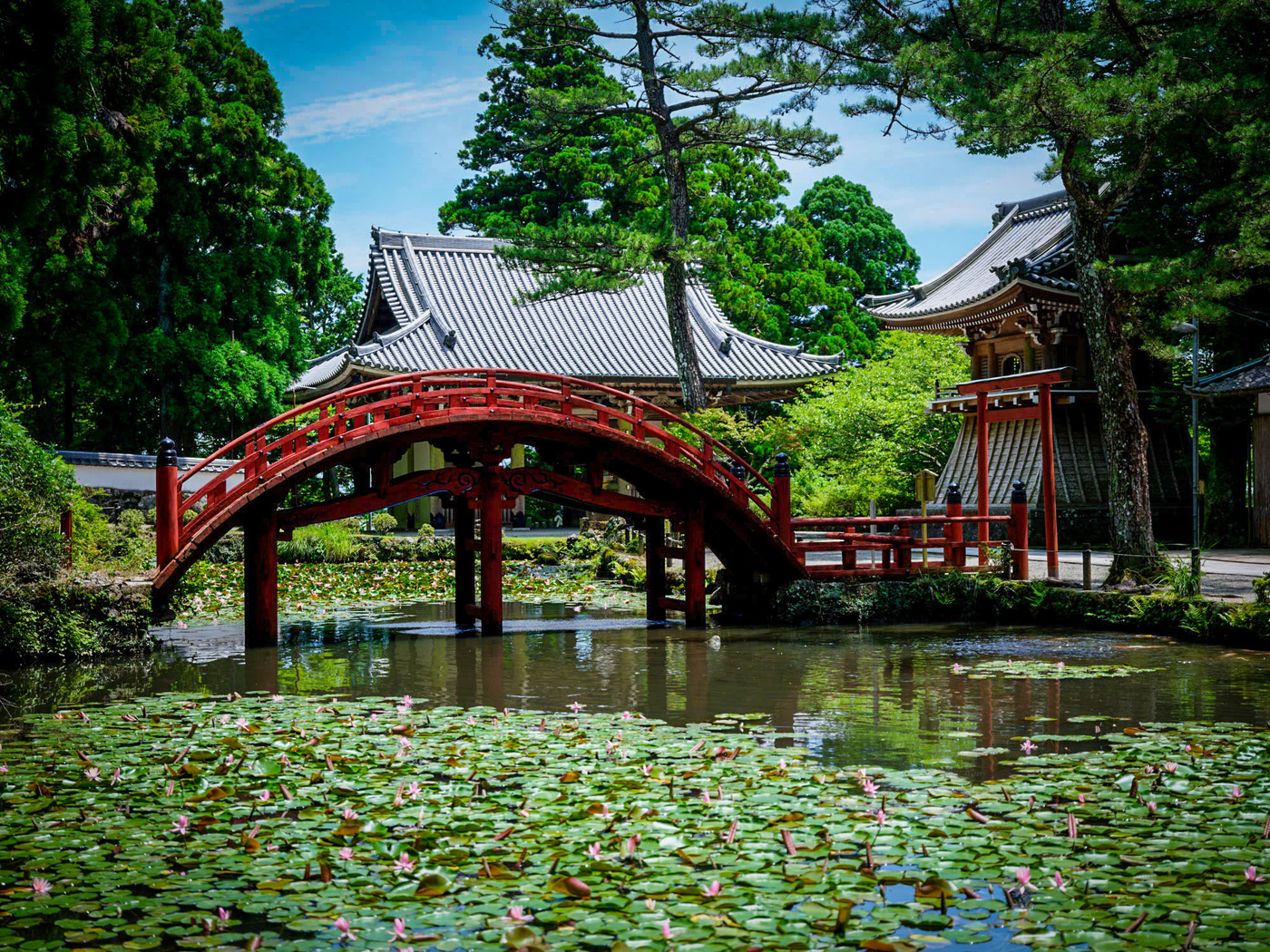
Day
2
Jingu Chokokan, Jingu Agricultural Museum, Jingu Museum of Art
The Jingu Museum exhibits materials on festivals, costumes and treasures from the relocation of the shrine, food offerings, agricultural materials, and dedicated works of arts and crafts. It is the best place to learn more about Ise Jingu.
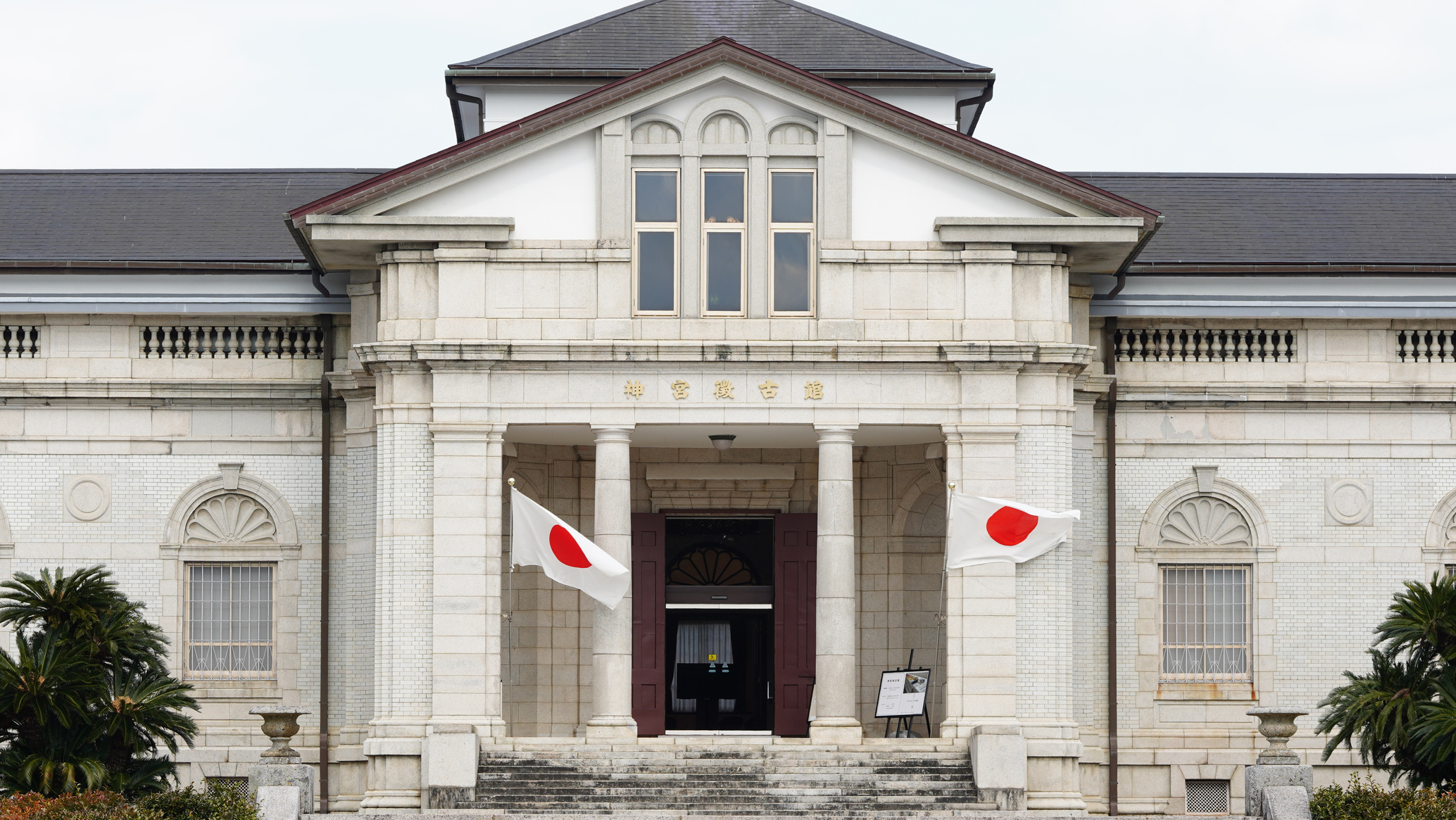
Access to ISE
JR / Kintetsu
By JR
JR Nagoya Station, take the JR Kisei Main Line.Get off at Ise-shi Station. It takes about 1 to 2 hours from Nagoya to Ise-shi.
By Kintetsu Railway
Take the Kintetsu Nagoya Line from Kintetsu Nagoya Station.At Kintetsu Yokkaichi Station, transfer to the Kintetsu Yamada Line.
Take the limited express or rapid train to Ise-shi Station or Ujiyamada Station. The entire trip takes about 1.5 to 2 hours.

Gastronomy in ISE
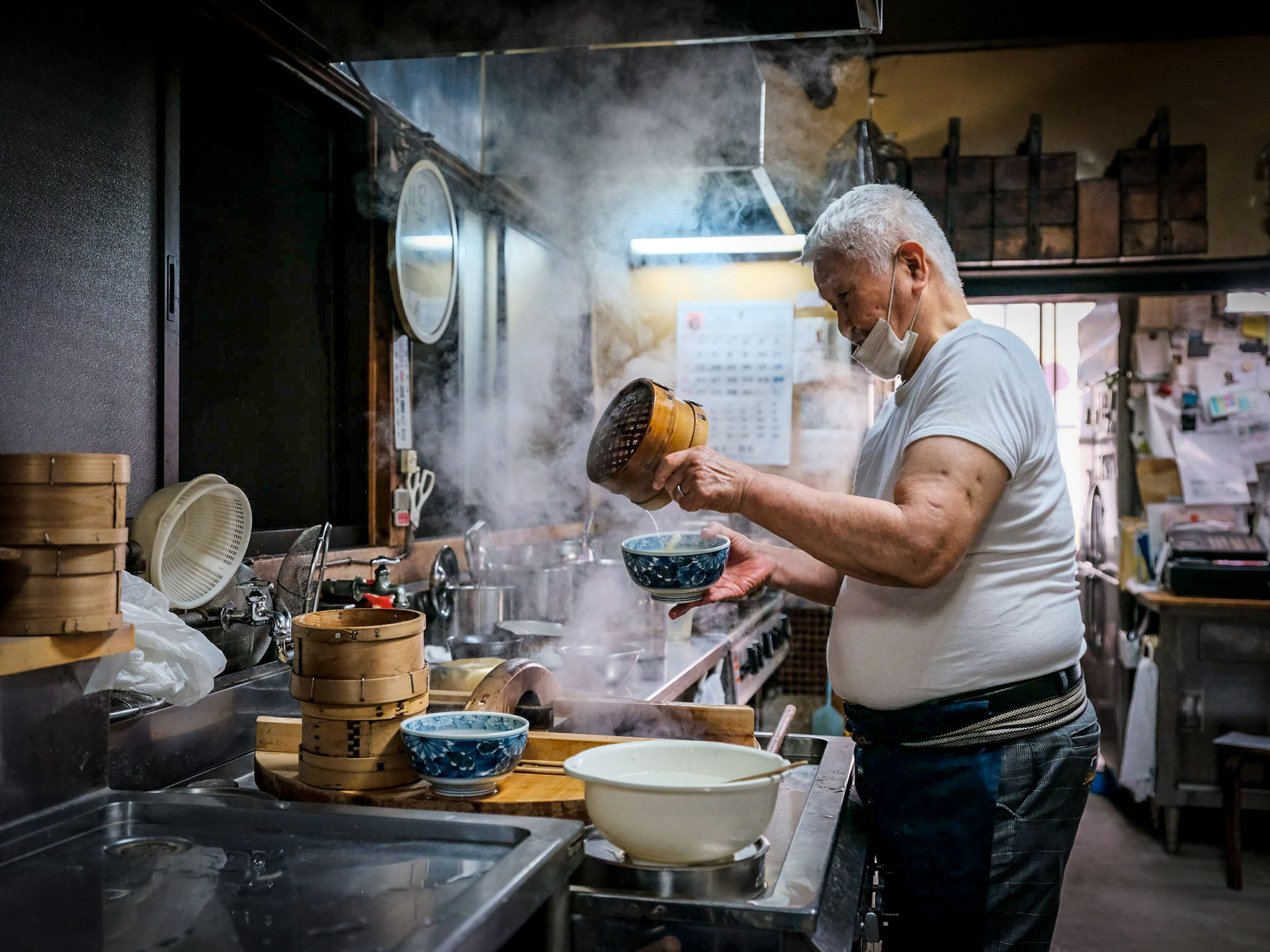
Ise gastronomy is a combination of fresh seafood and traditional local cuisine. Visitors can experience the depth and uniqueness of the local culinary culture by savoring such ancient delicacies as Akafuku rice cakes and Ise udon noodles.
Tekone Sushi
Ise's seafood is fresh and has a unique flavor. Among them, tekonezushi is a traditional taste made from local fish. The harmony of the bright ingredients and the vinegared rice creates a perfect balance in the mouth, making this an exquisite dish that allows you to fully enjoy the bounty of Ise's sea.
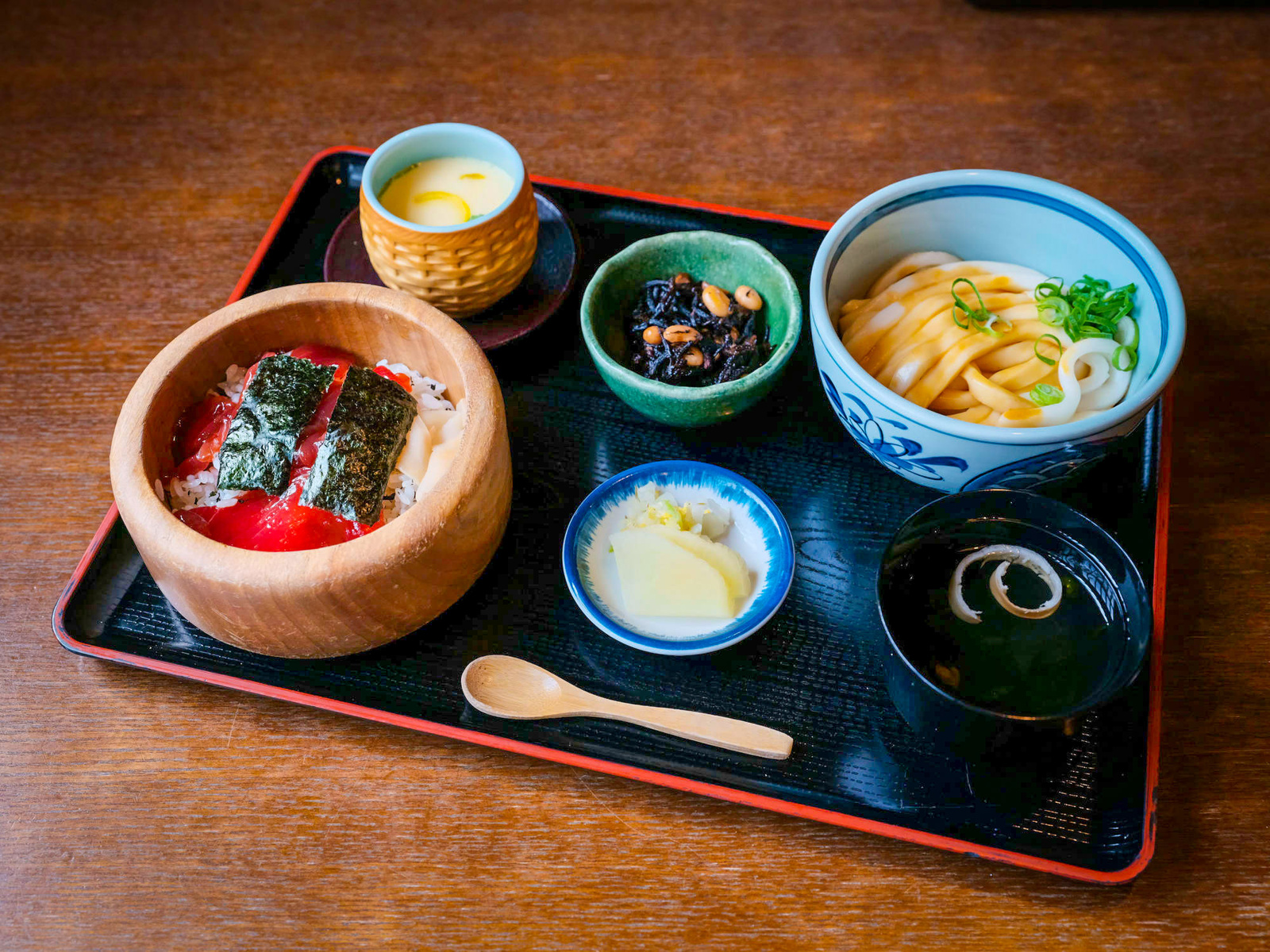
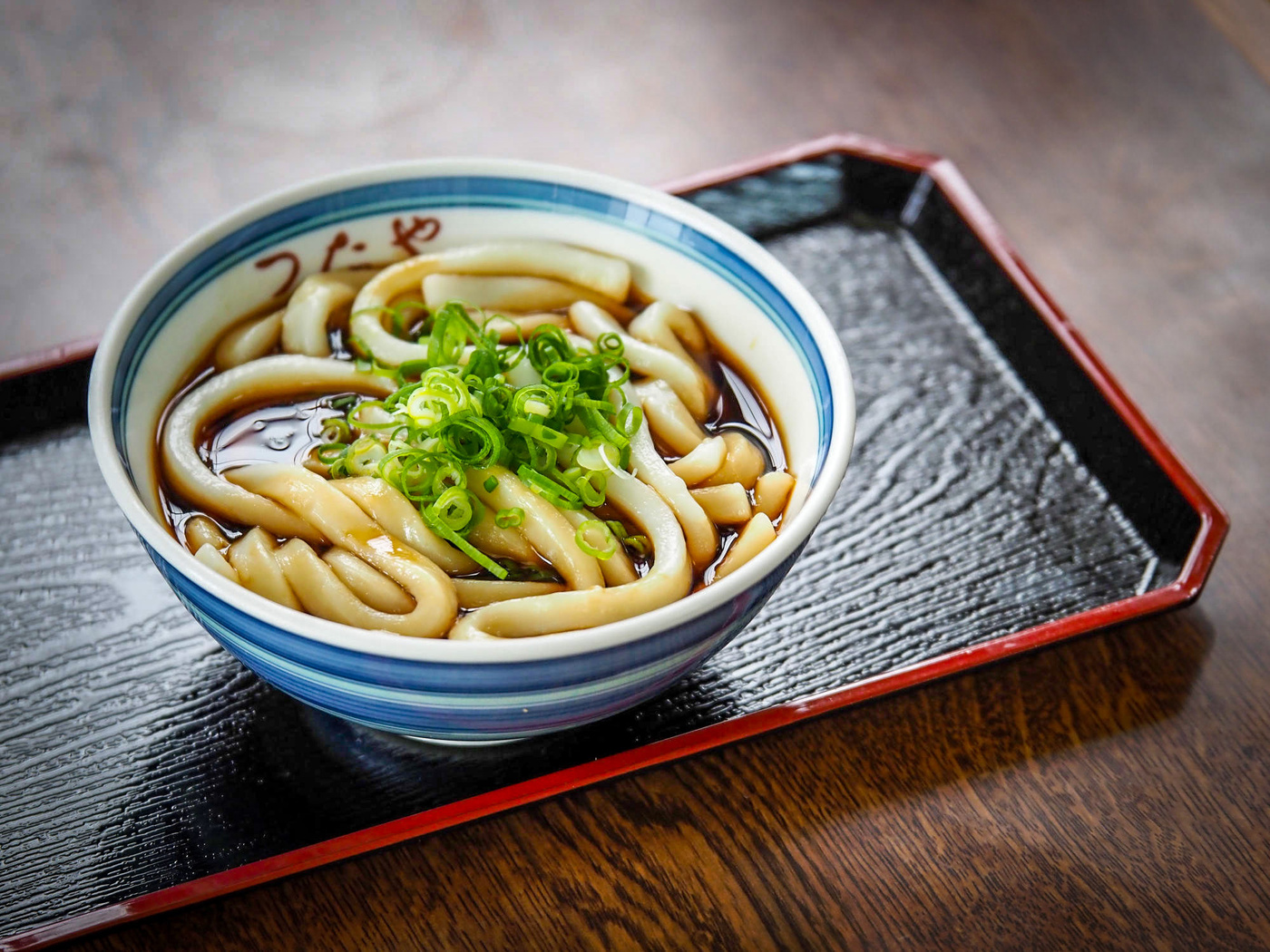
ISE Udon
Ise udon is a local dish characterized by its thick, chunky noodles. The simple soy sauce-based sauce and the unique texture of the udon noodles grab the hearts of visitors. This dish, which evokes the history and climate of Ise, is filled with local love and tradition, and offers a different kind of udon.
Wagashi
in ISE
Ise's Japanese confectionery culture is a delicate delicacy born of tradition and climate. Akafuku mochi," in particular, is an essential part of the historic journey to Ise. Wagashi made with local ingredients are loved throughout the ages and warm the hearts of visitors along with the spirituality of Ise.
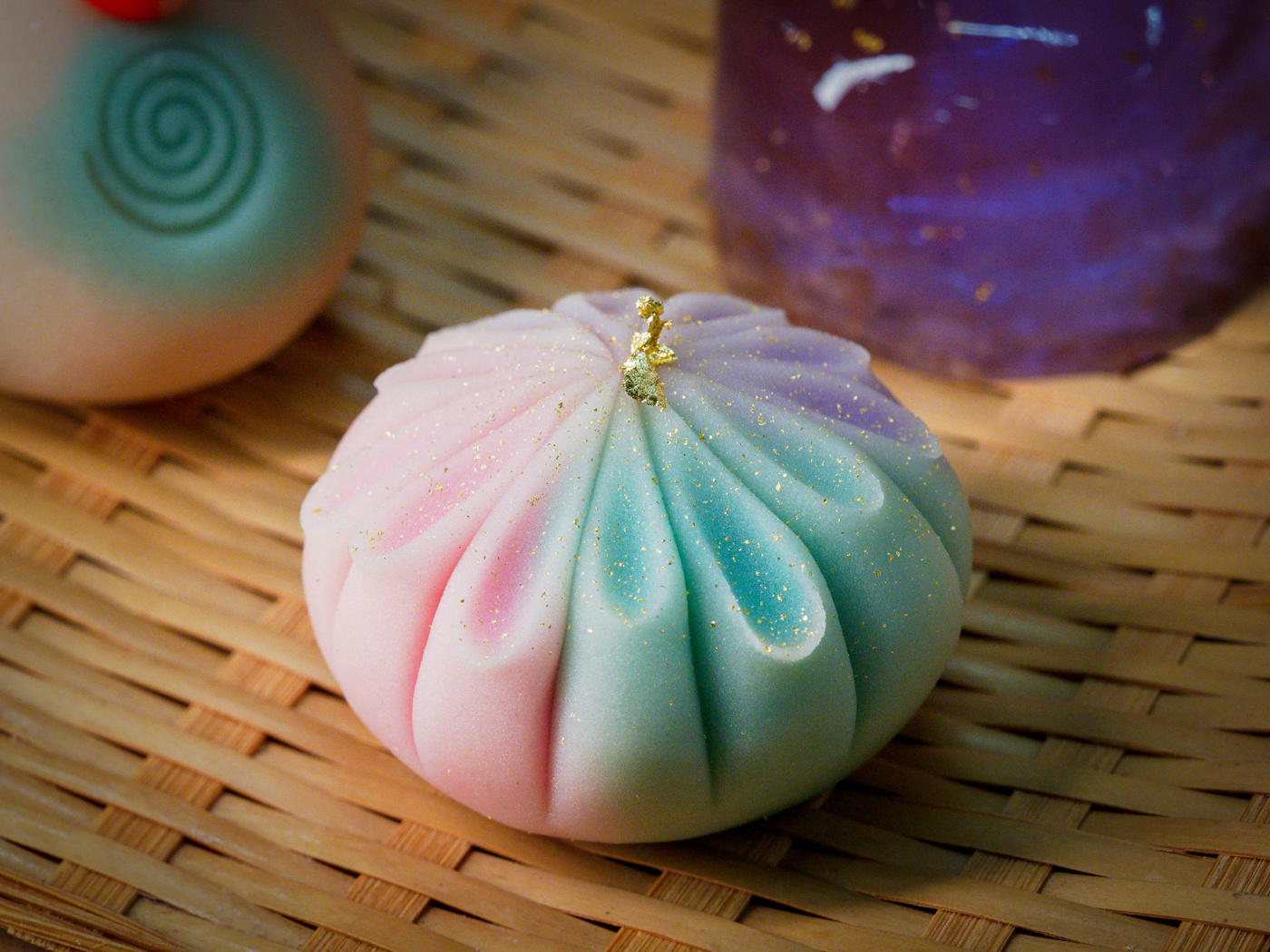
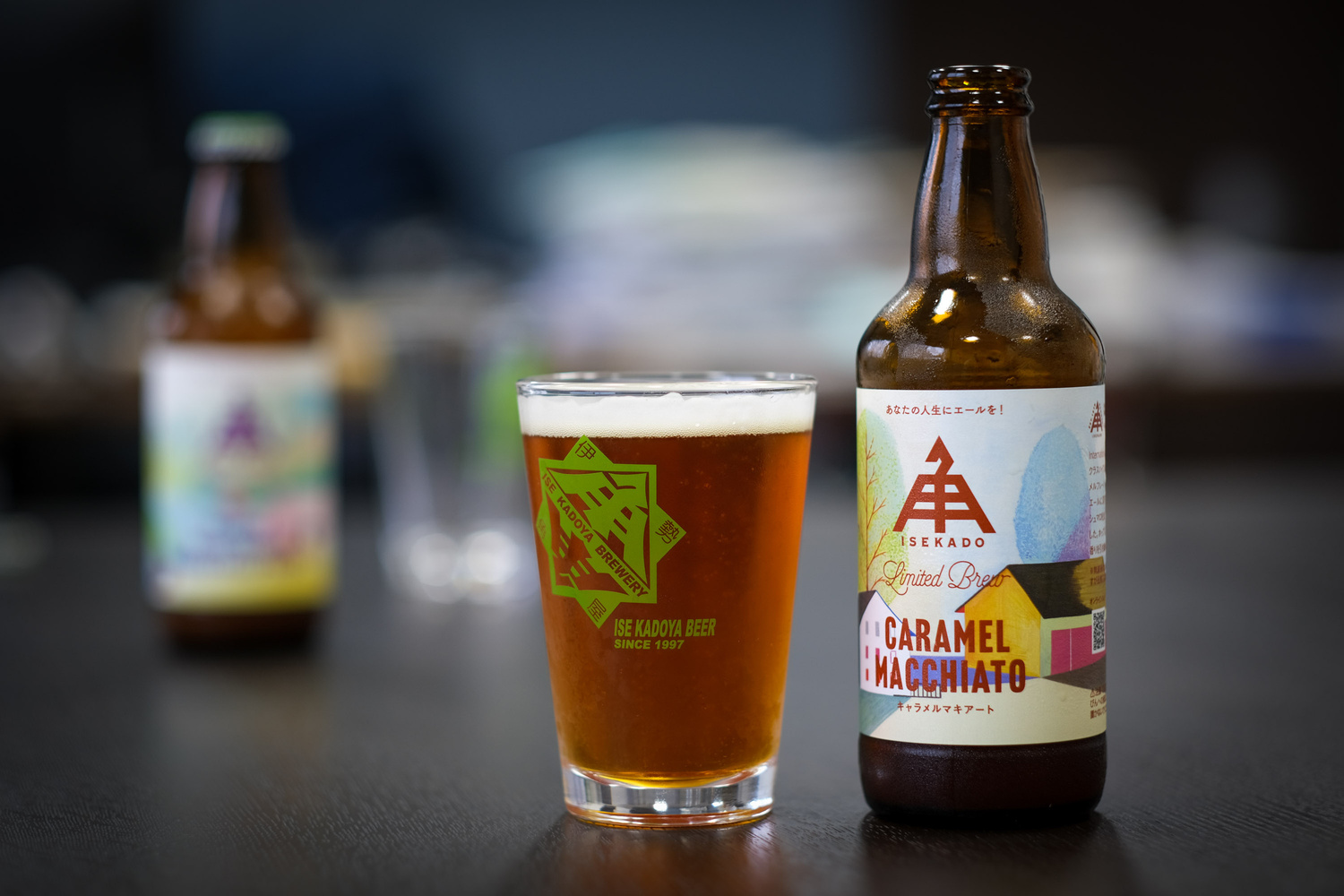
ISE KADO
/ Niken Chaya
Isekaku Beer is where Ise tradition and modern craft beer meet. Visitors can enjoy the unique flavor of beer made with local ingredients and the relaxed atmosphere of the historic building. Visitors can expect to experience a new and fascinating part of Ise.
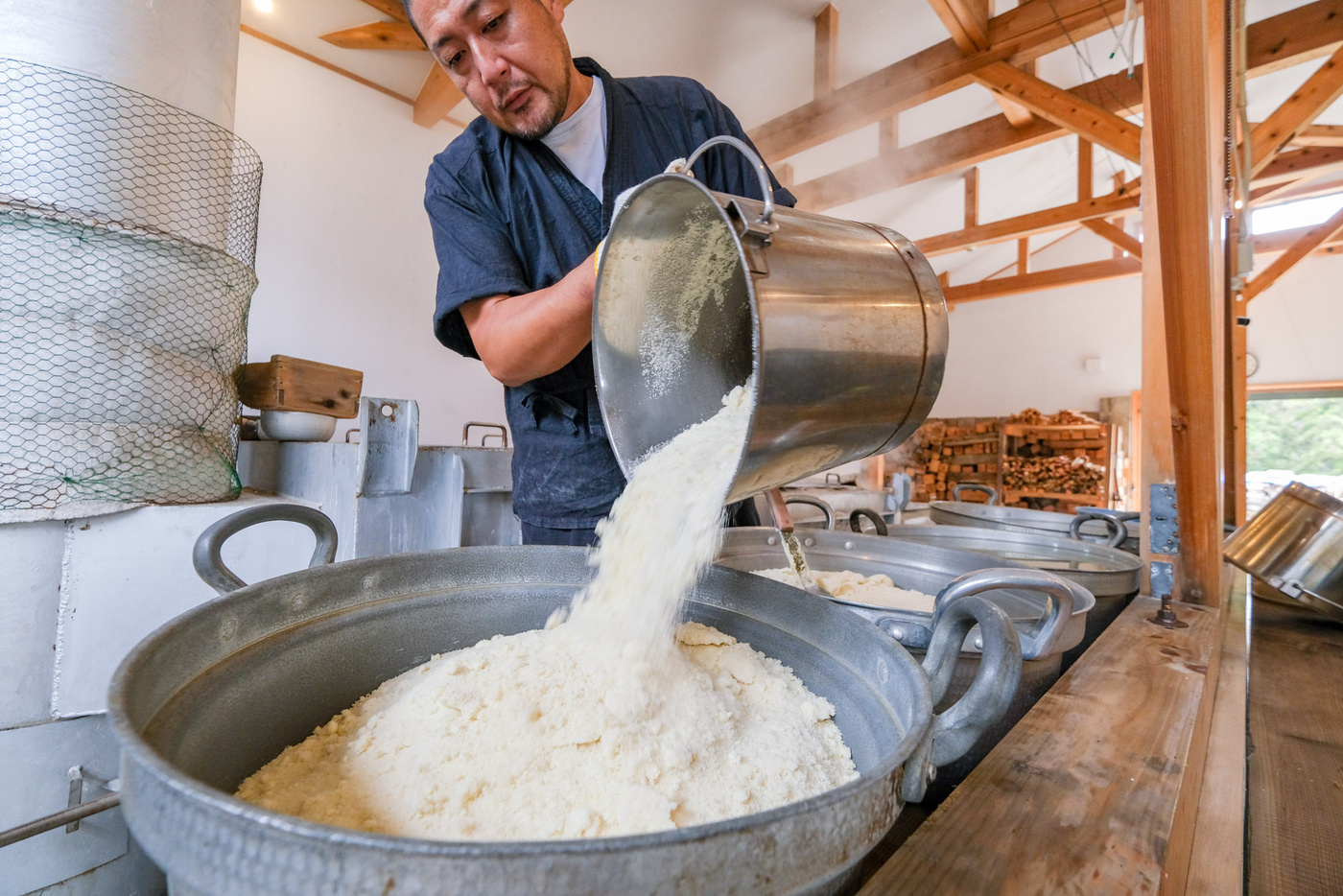
Futami Salt
Se-no-Futami salt is a traditional sea salt collected from the sea near the husband and wife rocks. The technique of drying it naturally in the sun gives it a mineral-rich, mild flavor. Dishes made with this salt have a deep flavor and are a symbol of gastronomy that evokes the local nature and culture.
Ise Traditional Culture

Ise's local traditional culture is interwoven with the atmosphere of the ancient capital and the depth of faith centering on the sacred Ise Jingu Shrine. Traditional crafts, food culture, festivals, and other timeless cultural traditions fascinate visitors.
Hotels and Ryokans
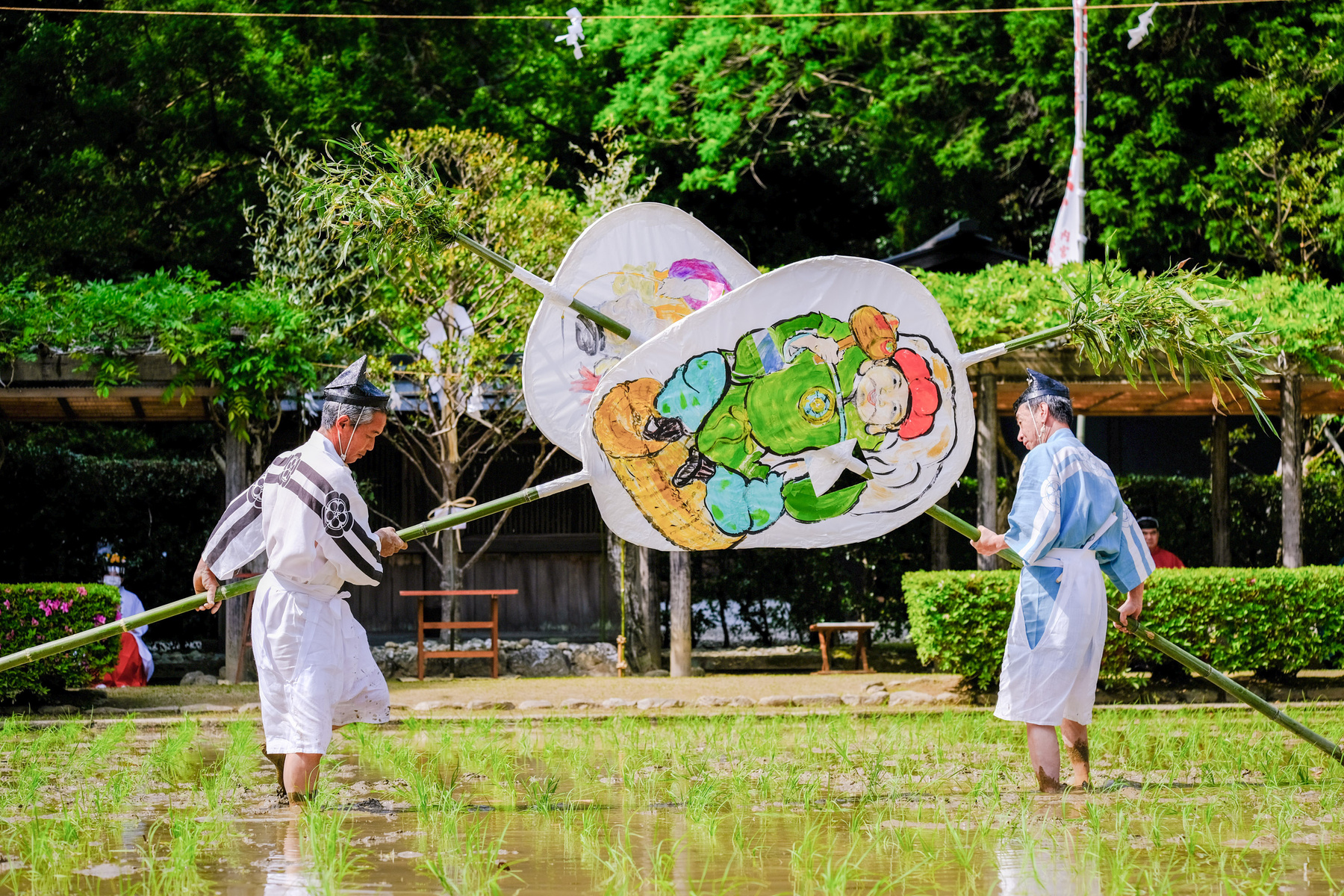
Ise's hotels and ryokan combine traditional hospitality with modern facilities. A heartwarming stay is guaranteed, where you can enjoy quality rest and local gastronomy while feeling the atmosphere of a sacred land.
